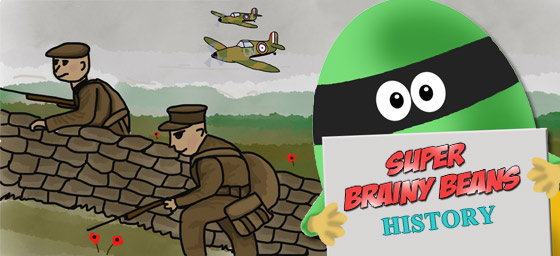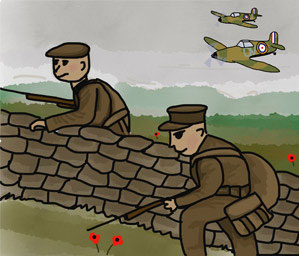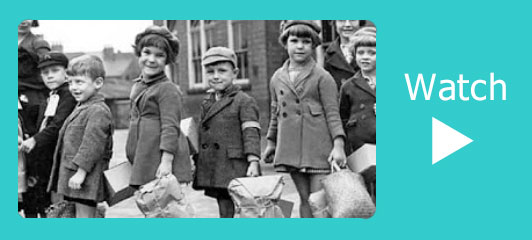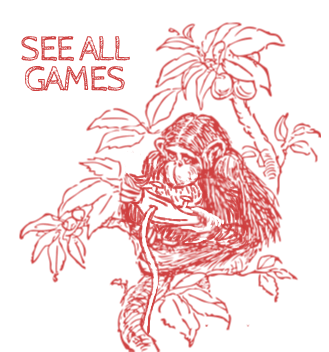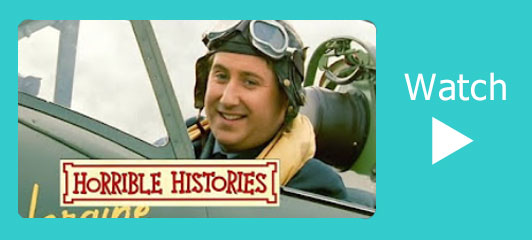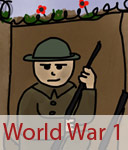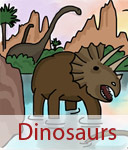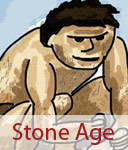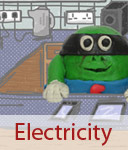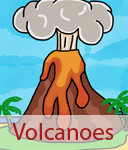World War 2
World War 2 for kids learning in KS2 at Primary School. Homework help on the history of World War 2, the Blitz, Evacuations and D-Day.
World War 2 started on 1st September 1939 and ended on 2nd September 1945, lasting 6 years. it was fought in Europe, Russia, North Africa and in Asia. 60 million people died in World War 2.
 Primary Homework help - World War 2
Primary Homework help - World War 2Facts about World War 2 include the Blackout, the Blitz, air raid sirens, evacuations and much more.
 The School Run - World War 2
The School Run - World War 2Homework help on World War 2. Find out what it was, 10 top facts, view the gallery and find out things you really didn't know about the war.
 Imperial War Museum
Imperial War Museum Visit the Imperial War Museums in London, Manchester or in Cambridgeshire for a close up view of war life.
D-Day
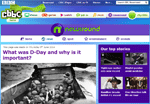 CBBC - D-Day
CBBC - D-Day The D-Day landing in 1944, during WWII, was the biggest invasion by sea in history. Find out more about what happened and why it was important.
Remembrance Day
Every year on 11th November we wear poppies and remember the millions of people that fought in this war and all the others. This is called Remembrance Day but also called Armistice Day. It is on the same day as World War One ended. Not only do we remember and say thank you to the brave men and women who fought in that war, but we remember all the armed forces over the years and even the ones that protect us today, including World War 2
Why do we wear poppies?
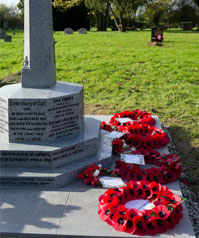
Poppies were the flowers that grew on the battlefields after World War I, and people wear them as a symbol of remembrance to honour those who fought and died in wars. We also have a minute of silence at the 11th hour (11 am). We all stop and think quietly about the war heroes that are no longer with us.
What is Remembrance Sunday?
Remembrance Sunday is always on the second Sunday of November. The Royal Family lay wreaths of poppies at the Cenotaph (war memorial) in London and will have a minute of silence at 11 am along with the rest of the country. Ceremonies take place at war memorials and churches all over the country.
 CBBC - What is remembrance day?
CBBC - What is remembrance day? The second Sunday of November is Remembrance Sunday, but what does it all mean and what are you meant to do?
 British Legion - Remembrance Day
British Legion - Remembrance Day The First World War officially ended on the eleventh hour on the eleventh day on the eleventh month, 1918 - Armistice Day. This is Remembrance Day.
 World War 1 and Remembrance Day
World War 1 and Remembrance Day Homework help on World War 1 and Remembrance Day. Find out what it was, 10 top facts, view the gallery and find out things you really didn't know about the war.
 Remembrance Day at Activity Village
Remembrance Day at Activity Village Get involved and understand what Remembrance Day is all about with our collection of Poppy Day colouring pages, classroom printables, crafts and activities.
 Poems for Remembrance Day
Poems for Remembrance Day Poems that are used for Remembrance Day.

